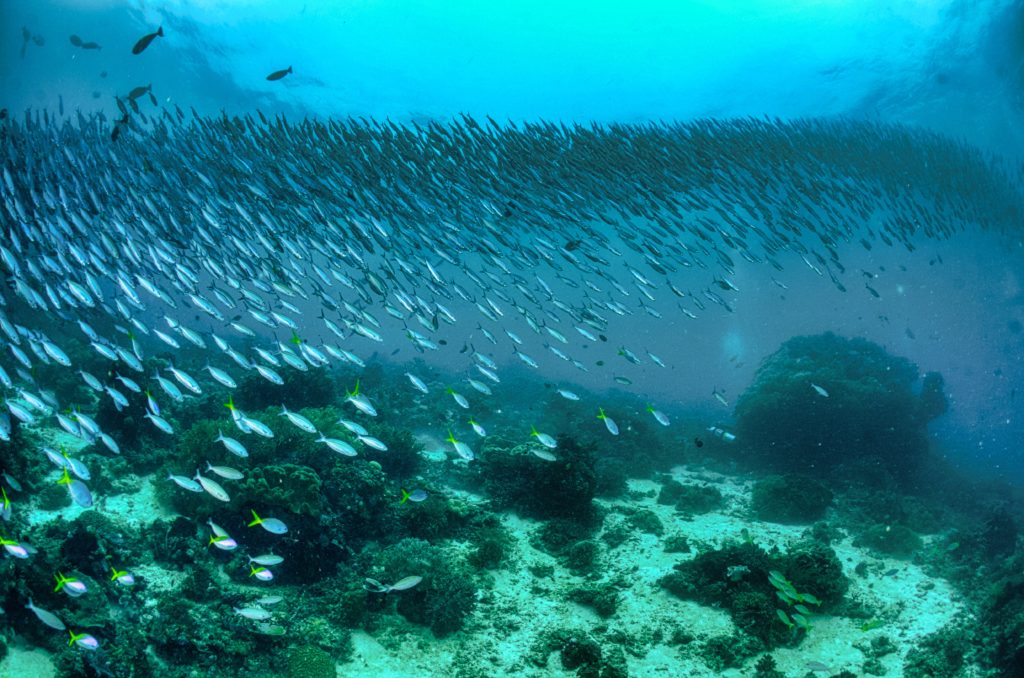
Improving consumption based accounting for global capture fisheries
West, C. D., Hobbs, E., Croft, S. A., Green, J. M. H., Schmidt, S. Y. and Wood, R. (2019). Journal of Cleaner Production, vol. 212: 1396–1408. DOI: 10.1016/j.jclepro.2018.11.298
Overview
Consumption-based accounting has been used to understand the resource and environmental pressures associated with the consumption of goods and services. Capture fisheries have significant economic, cultural, and environmental importance, yet relatively limited attention has been given to understanding their consumption-linked pressures. Where products of marine and inland fisheries are accounted for, they are typically done so within the context of “material” footprints or within life cycle assessment-based studies that put more emphasis on resource efficiency or pollution-related aspects of fisheries than the species or ecosystem-linked consequences of the extraction process itself.
However, the sustainability of fisheries products is highly dependent on the catch method, location and species targeted. To date, these have been missing from consumption-based accounts. Here, a collation of species-specific information comprising vulnerability and environmental pressure associated with capture is provided, which is then linked to a global multiregional input-output (MRIO) model to – for the first time – create a dedicated consumption-based time-series for fisheries.
While the aggregate footprint of global capture fisheries has remained stable in recent decades, the results demonstrate that at national or regional scales different trends in consumption exist. Importantly, there have been significant shifts in the composition of catch within these consumption accounts, which have potential implications for the sustainability of supply chains.
This paper draws attention to the fact that material efficiency perspectives are insufficient in the assessment of pressures on the marine environment driven by consumption of fisheries products, and – while challenges remain – there is a growing abundance of information and development of methods that could potentially be used to overcome gaps in the future.